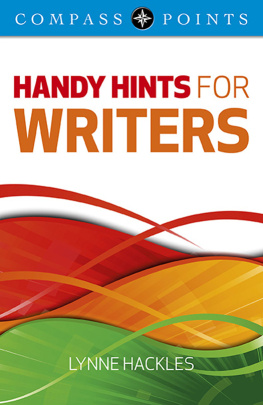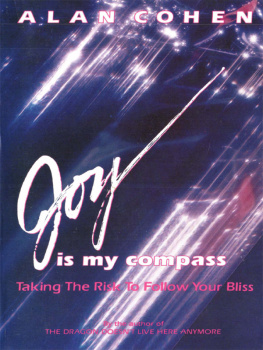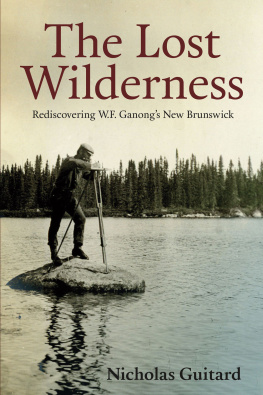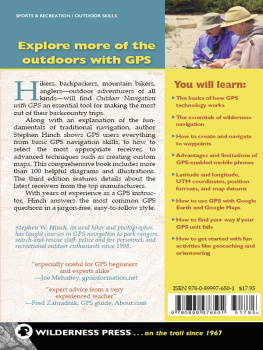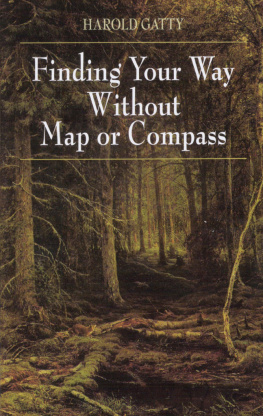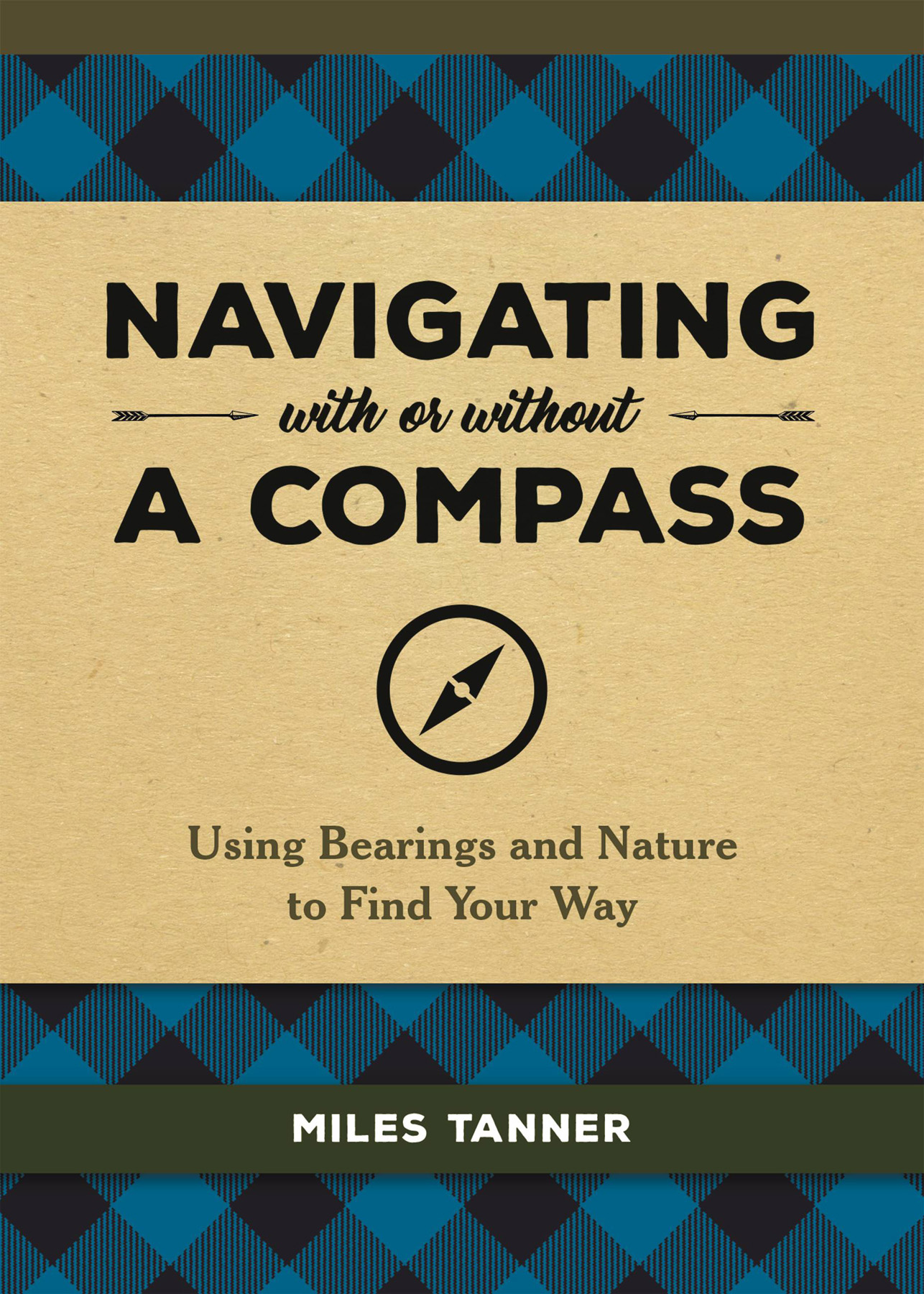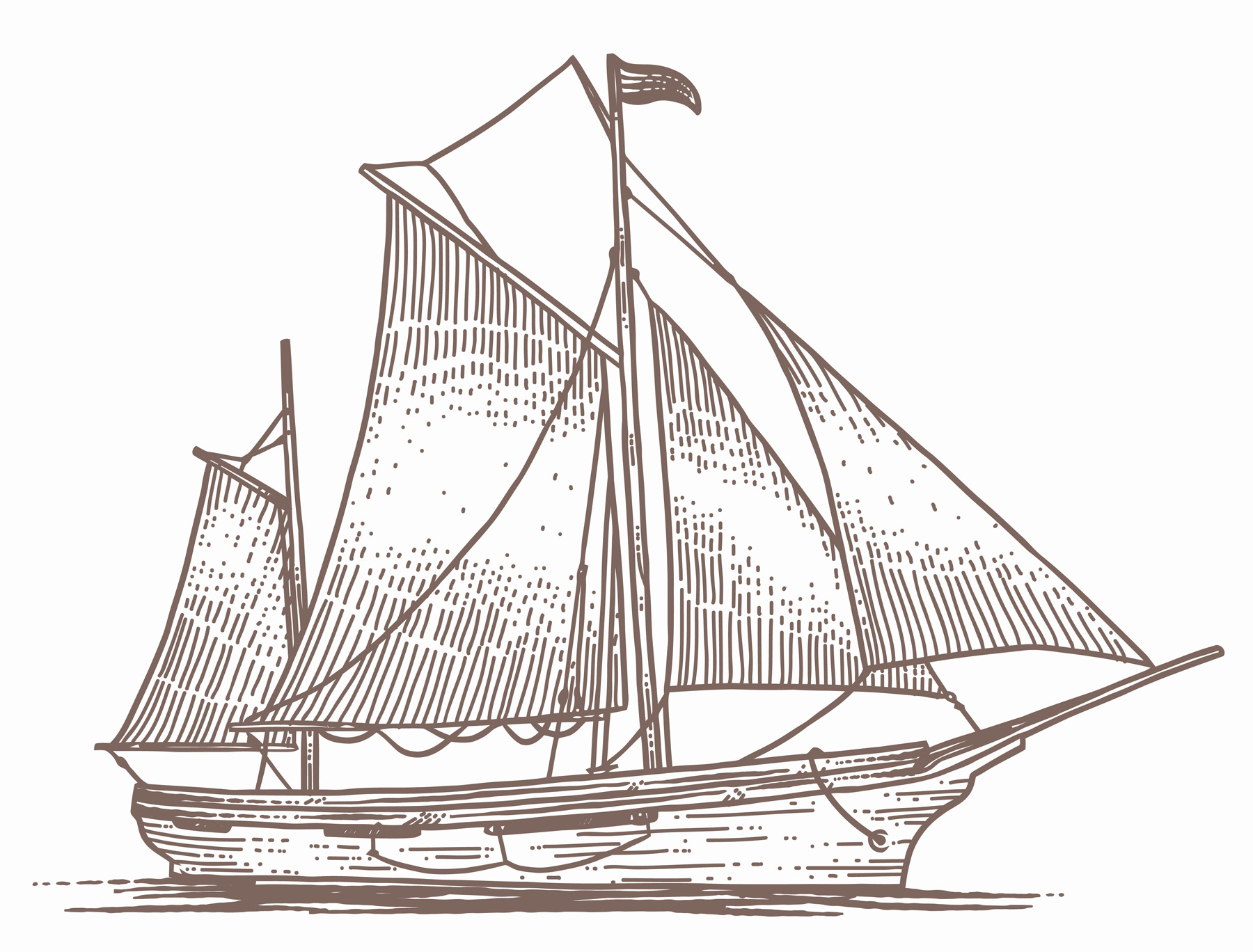Miles Tanner - Navigating With or Without a Compass: Using Bearings and Nature to Find Your Way
Here you can read online Miles Tanner - Navigating With or Without a Compass: Using Bearings and Nature to Find Your Way full text of the book (entire story) in english for free. Download pdf and epub, get meaning, cover and reviews about this ebook. year: 2019, publisher: Running Press, genre: Romance novel. Description of the work, (preface) as well as reviews are available. Best literature library LitArk.com created for fans of good reading and offers a wide selection of genres:
Romance novel
Science fiction
Adventure
Detective
Science
History
Home and family
Prose
Art
Politics
Computer
Non-fiction
Religion
Business
Children
Humor
Choose a favorite category and find really read worthwhile books. Enjoy immersion in the world of imagination, feel the emotions of the characters or learn something new for yourself, make an fascinating discovery.

- Book:Navigating With or Without a Compass: Using Bearings and Nature to Find Your Way
- Author:
- Publisher:Running Press
- Genre:
- Year:2019
- Rating:3 / 5
- Favourites:Add to favourites
- Your mark:
Navigating With or Without a Compass: Using Bearings and Nature to Find Your Way: summary, description and annotation
We offer to read an annotation, description, summary or preface (depends on what the author of the book "Navigating With or Without a Compass: Using Bearings and Nature to Find Your Way" wrote himself). If you haven't found the necessary information about the book — write in the comments, we will try to find it.
Finding your campsite, a spectacular view, or your way home can be difficult, especially when your phone or GPS malfunctions. But knowing how to use a magnetized compass, paper map, and the positions of the sun, moon, stars, and other practical aids in pathfinding will help outdoorsman find their way in almost any kind of terrain.
Navigating With or Without a Compass will teach you the basics of using that essential tool, such as the difference between true north and magnetic north based on where you are and using compass bearings from a map and in the field to determine location.
However if you find yourself without a compass, this handy guide will also give you natural signs and guideposts for pathfinding, such as the way the wind blows, trees grow, or flowers bloom. Also covered will be determining direction through reading the Sun and the shadows it forms, the position and stages of the Moon, and familiarizing oneself with the principal constellations to guide you and determine the time at night.
Perfect for the skilled woodsman or just a walk in the woods, Navigating With or Without a Compass is filled with tips and essential knowledge indispensible for hikers, campers, scouts and nature lovers.
Miles Tanner: author's other books
Who wrote Navigating With or Without a Compass: Using Bearings and Nature to Find Your Way? Find out the surname, the name of the author of the book and a list of all author's works by series.

